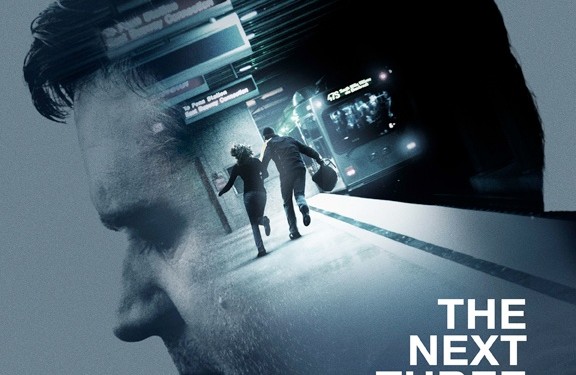Photos: Ewan McGregor, Kristen Stewart At ‘American Pastoral’ Movie After-Party
10.20.2016 | By Jack Rico |
 I don’t claim to be the best photographer, but I was invited to the American Pastoral movie premiere held at the MOMA (Museum of Modern Art) in NYC and the after-party at American Cut Steakhouse in Midtown East. The star and director Ewan McGregor was there along with director Paul Haggis, Uzo Aduba and Liz Tucci from OITNB and yes… Kristen Stewart showed up to hang with her friends Dakota Fanning and Valorie Curry. Here are some photos I managed to get on the fly when I realized I should take at least a few pictures to show you guys. Read More
I don’t claim to be the best photographer, but I was invited to the American Pastoral movie premiere held at the MOMA (Museum of Modern Art) in NYC and the after-party at American Cut Steakhouse in Midtown East. The star and director Ewan McGregor was there along with director Paul Haggis, Uzo Aduba and Liz Tucci from OITNB and yes… Kristen Stewart showed up to hang with her friends Dakota Fanning and Valorie Curry. Here are some photos I managed to get on the fly when I realized I should take at least a few pictures to show you guys. Read More




































